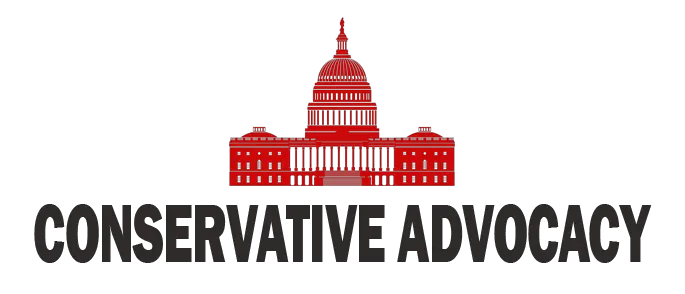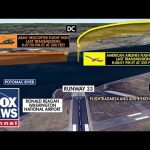In the wake of a recent midair disaster, the conversation surrounding air traffic control in the United States has taken center stage. Eyewitness accounts and investigations are revealing troubling insights regarding the conditions leading up to the tragic incident. Expert commentary provided by both an attorney and a former Black Hawk helicopter pilot sheds light on what many believe to be critical procedural failures that may have contributed to this frightening crash.
The former pilot highlighted two major issues that surfaced while he reviewed the events leading up to the collision. First and foremost, there appears to have been a significant procedural issue at play, particularly concerning the handling of air traffic in busy airspace, such as that over Washington D.C. The pilot emphasized that a Black Hawk helicopter, which is not meant to operate within certain altitude restrictions, may have violated these rules. Such an error could disrupt the carefully orchestrated ballet of commercial airliners that rely on specific altitude levels for safe operation. The thought of a chunky helicopter barging into a crowded air corridor like it’s a last-minute shopper during Black Friday brings both confusion and concern.
Furthermore, communication—or rather the lack thereof—has been a focal point of the analysis. Audio recordings from the incident revealed disturbing lapses in clarity, suggesting that personnel miscommunication might have played a critical role in the crash. One observer noted that air traffic control was severely understaffed, making it nearly impossible for controllers to manage the flurry of traffic efficiently. Those in the know suggest that this is not simply a hiccup in the system but rather a symptom of a larger ailment affecting aviation safety nationwide.
The panic over insufficient air traffic controllers isn’t new; it has been brewing for years. Reports indicate that for over three years, the air traffic control sector has been grappling with a staffing crisis, all while the pilot shortage rages on like wildfire. The situation reveals a precarious balance, with potential disaster lurking just around the corner. The limited number of controllers being trained today is akin to trying to stock a grocery store when the shelves are already bare—many are left wanting.
Moreover, discussions surrounding past incidents hint that ignoring these problems doesn’t make them go away. Official reports revealed that this particular airspace around D.C. had experienced a surge in near misses and safety warnings. With two aircraft involved in the recent crash, one can understand just how critical clear communication is among pilots who must rely on air traffic controllers for pivotal information.
As this story continues to unfold, one thing remains clear: when it comes to the safety of our skies, we must demand stronger procedures and better staffing for air traffic control. The hope is that this tragic incident will serve as a wake-up call, prompting corrective action so that we can avoid any future aviation mishaps. After all, with airlines and helicopters sharing the same airspace, it’s paramount that pilots have confidence—and clarity—when navigating through the clouds. The skies are meant for flying, not for unfitting crashes.




